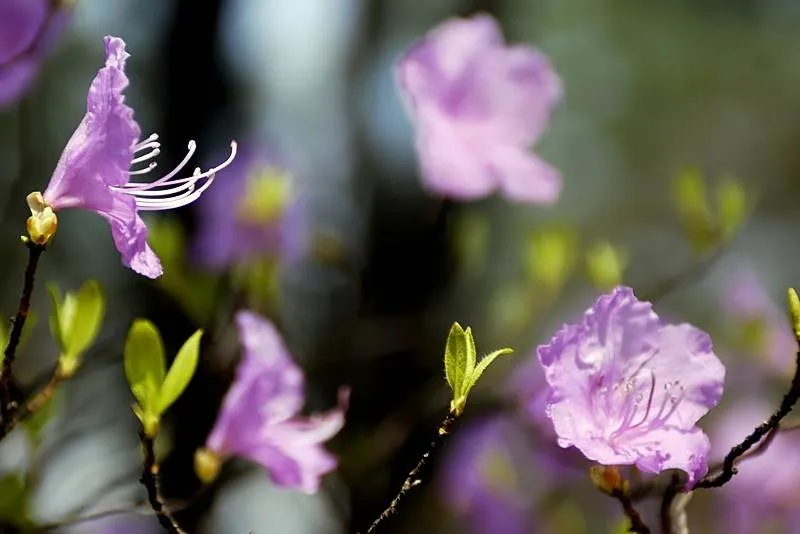
Author’s note: this is the start of a new series. ‘Revisited’ posts are intended to be a fresh look at a place I’ve visited before. In many cases, it will have been years between visits, and offers a chance to see a place with a fresh set of eyes (and more than likely, a much better camera than I had before!). While they won’t replace an old post, directions and information for visitors will always be included.

Jongmyo remains a place for royal spirits; a home for their past lives, perhaps, or a source of energy for the country as it exists today. Either way, visitors are welcomed into a typically quiet enclave of Seoul by first passing through a typically boisterous part of Seoul. Outside is Jongmyo Gwangjang Park (종묘광장공원), a place where septuagenarians rhythmically plunk pieces on their baduk (Go) or janggi (Korean chess) boards. It manages to find a surprisingly frantic pace outside the front gate, but thankfully the noisy din fades the further you walk into Jongmyo.
The history of Jongmyo is simple enough — first constructed in 1395 (before even the Joseon Dynasty’s main palace, Gyeongbokgung, was completed), it was intended to hold the spirits of past kings and queens. The spirit tablets first appeared in the temple, and after three years of mourning they were moved to Jongmyo and enshrined. The building expanded as it needed to, eventually becoming the longest wooden building in Korea.

A shrine honoring King Gongmin and his princess, Nogukdaejang Gongju from Mongolia. Beyond being one of the dynasty’s last kings and conquering the Mongols, he was also an exceptional artist — the horse painting on the left is his. While there’s no clear reason why this Goryeo Dynasty king is enshrined near the Joseon Dynasty kings, my guess involves a bit of hero worship.

The pond with the tree — I’ve yet to see a name for either.

While I was a little early for the annual Jongmyo Daeje (an auspicious ceremony held to welcome and entertain the spirits on the first Sunday of May), there’s something to be said about enjoying what spring has to offer.

Beyond the main building of Jeongjeon, Gongsindang houses the meritorious subjects who served the kings. Like Jeongjeon, it’s locked tight but once a year.

A look down Jeongjeon / Jongmyo’s main building — the plaza in front is used for the large ceremony once a year, but more commonly holds tourists angling for a picture.

Chanmakdan — a stone table / platform used for examining foods that were part of the ceremony. Beyond simply being an important ceremony, getting the foods prepared correctly was important as most of them were raw. A smaller table nearby (Seongsaengwi) was were ritual animals were examined.

Behind a fence and away from closer inspection is Jeonsacheong, the kitchen where the ritual food are prepared.

The samtaeguk — coincidentally, it’s essentially the same design I’ve used to rate destinations in the past.

Yeongnyeongjeon — built in 1421 to handle the overflow of royal spirit tables. While smaller and more intimate feeling, it’s essentially the same style of building as you’ll find next door. We were ahead of the tourist group, but not by much:

Lest anyone tell you being a photographer is easy — this was the only shot I got before 40 tourists walked up from behind me and into the plaza.

Part of the doors leading into Yeongnyeongjeon.
Like a number of sights around Seoul, Jongmyo rates high for tourist friendliness. It’s well on the tourist track, and more than a few Koreans find their way here to enjoy the history. Consider Jongmyo well worth the trip for almost any tourist coming to Korea.
See some more great photos of Jongmyo at Everything Everywhere.
Directions to Jongmyo: Take line 1, 3, or 5 of the Seoul subway system to Jongno-3-ga station. The best exit from line 1 is 11, but 7 and 8 are better if you’re coming from line 3 or 5. From exit 11, walk 150 meters to the park’s entrance and towards the ticket office. From exits 7 or 8, walk straight to Jongmyo’s outer wall and turn right. Walk to the main road, then turn left. You’ll see the park and entrance on your left.
IMPORTANT: On weekdays and Sundays you’ll need to join a guided tour. They’re held in English at 10am, 12pm, 2pm, and 4pm. Saturdays you may enter and meander at your leisure. Admission 1,000 won; open 9am-5:30pm (9am-6pm March-October — admission closes an hour before)


